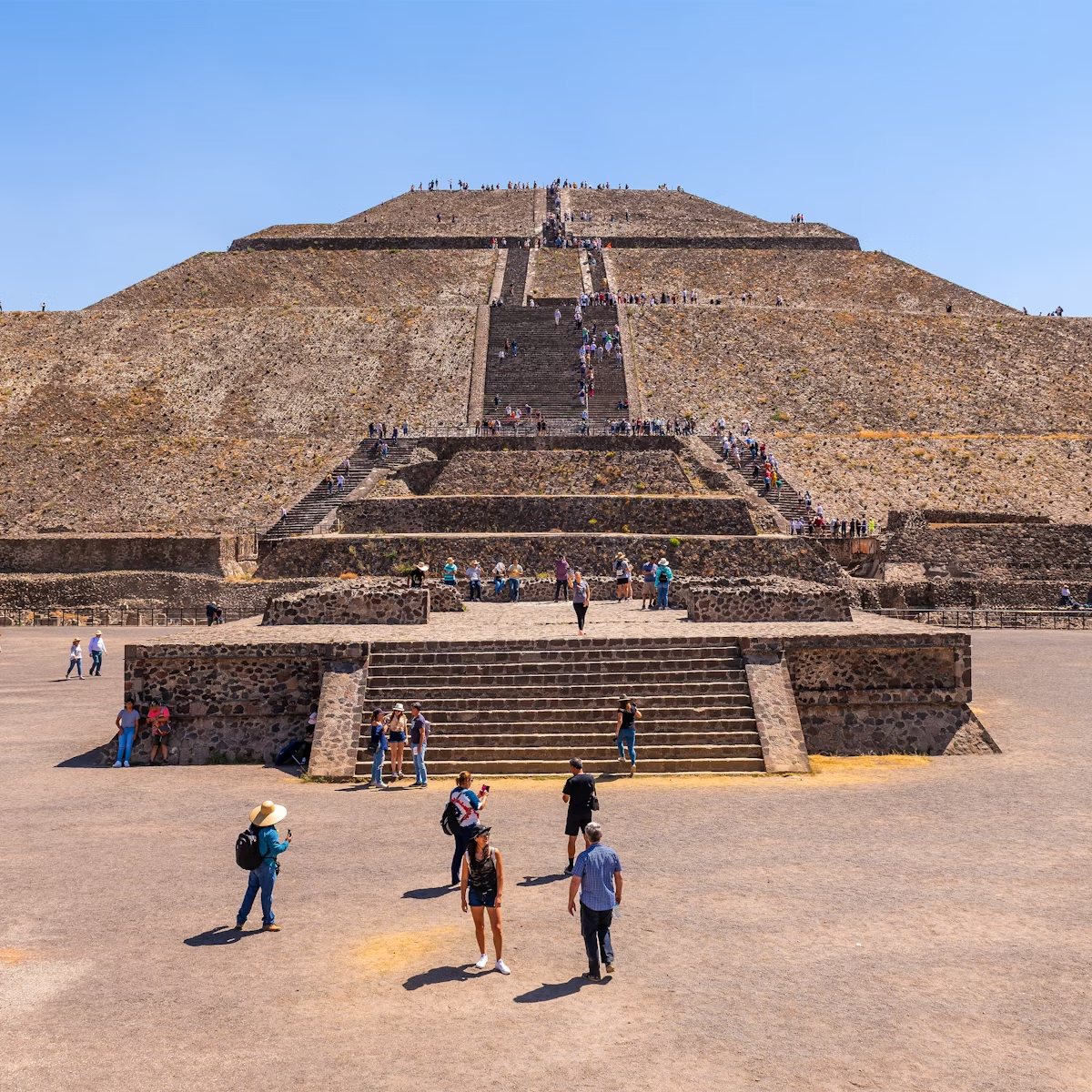This stately pedestrianized shopping avenue west of the Zócalo, linking Bellas Artes and the Zócalo, boasts a veritable catalog of architectural styles and some small museums. Expect slow-moving throngs of families, teens, tourists, the occasional pickpocket, and street performers on weekends.
Housed in a gorgeous neoclassical building two blocks from the square, Museo del Estanquillo contains the vast pop-culture collection amassed over the decades by CDMX essayist and pack rat Carlos Monsivais. The museum illustrates various phases in the capital’s development by means of the numerous photos, paintings and movie posters from the collection.
Palacio de Iturbide, with its late-18th-century baroque facade, is a few blocks west. Built for colonial nobility, in 1821 it became the residence of General Agustín Iturbide, a Mexican independence hero who was proclaimed emperor here in 1822. (He abdicated less than a year later, after General Santa Anna announced the birth of a republic.) It hosts exhibits drawn from the bank’s extensive art collection, enhanced by the building's atrium.
Half a block past the pedestrian corridor Gante stands the amazing Casa de los Azulejos. Dating from 1596, it was built for the Condes (Counts) del Valle de Orizaba. Most of the tiles that adorn the outside walls were produced in China and shipped to Mexico on the Manila naos (Spanish galleons used until the early 19th century). The building now houses a Sanborns restaurant in a covered courtyard around a Moorish fountain. You are free to enter and climb the staircase, which has a 1925 mural by Orozco.
Across the way, the Templo de San Francisco is a remnant of the vast Franciscan monastery erected in the early 16th century over the site of Moctezuma’s private zoo. In its heyday it extended two blocks south and east. The monastic complex was divvied up under the post-independence reform laws, and in 1949 it was returned to the Franciscan order in a deplorable state and subsequently restored. The elaborately carved doorway is a shining example of 18th-century baroque. Popular open-air art exhibitions are held in the adjoining atrium.
Rising alongside the monastery, the Torre Latinoamericana was Latin America’s tallest building when constructed in 1956. Thanks to the deep-seated pylons that anchor the building, it has withstood several major earthquakes. If you want to learn more about the construction of the tower and downtown’s centuries-long development, a museum on the 38th floor houses a permanent photo exhibition. Up above, views from the 41st-floor lounge bar and the 44th-floor observation deck are spectacular, smog permitting. Admission is free if you're just visiting the bar.






